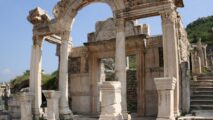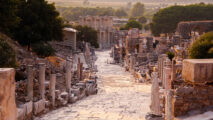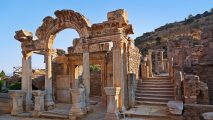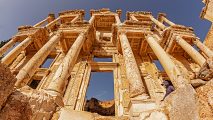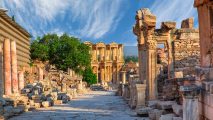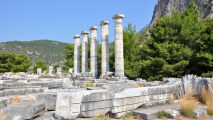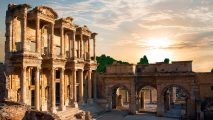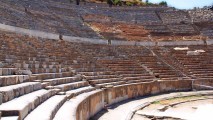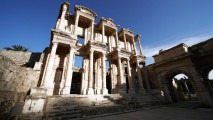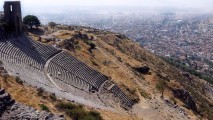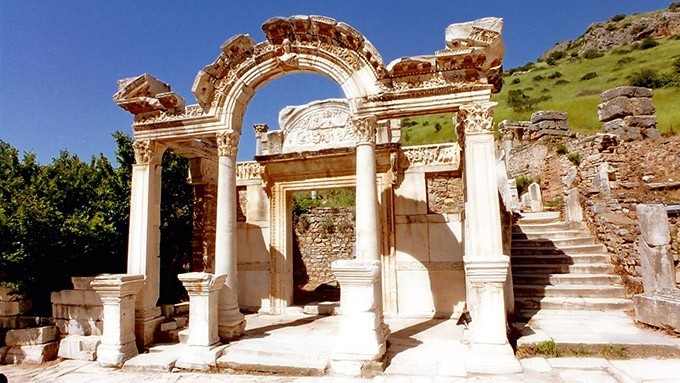
The Seven Churches of Revelation, also known as the Seven Churches of Asia or the Apocalypse, are historically and spiritually significant sites located in Asia Minor. These churches, integral to early Christianity, are referenced in the New Testament’s Book of Revelation. According to Apostle John, he was commanded by a powerful voice, which was Jesus Christ, to write and send messages to the seven churches in Ephesus, Smyrna, Pergamos, Thyatira, Sardis, Philadelphia, and Laodicea.
These churches were not only physical edifices in the western part of Asia Minor but also represented the Christian communities in those cities, as outlined in Revelation. Some interpretations suggest these churches symbolize various eras in Church history.
John described each city having an associated angel, possibly representing messengers delivering divine warnings and urging repentance for their sins.
Ephesus, now in Selcuk, Izmir, was lauded for its perseverance but warned to reignite its initial devotion to God. The ancient city’s ruins, including the Basilica of Saint John and the Great Theater, are tourist attractions today.
Smyrna, modern Izmir, received no rebuke, praised for its endurance amidst persecution. Its historical sites, like the Saint Polycarp Church, remain landmarks.
Pergamon, identified as where “Satan’s throne” resides, was admonished for harboring false teachings. Its archaeological remains are a testament to its rich biblical history.
Thyatira, in today’s Akhisar, Manisa, was commended for its faith but criticized for tolerating false prophetess Jezebel’s teachings. Its ruins are preserved in the town.
Sardis, accused of spiritual lethargy, has its remnants near Sart, Manisa, serving as a reminder to remain vigilant in faith.
Philadelphia, in Alasehir, Manisa, faced no criticism, promised divine favor despite its small size. Few ruins there are protected as historical sites.
Laodicea, in Denizli, depicted as complacent and materially obsessed, was urged to seek true spiritual wealth. Its archaeological site illustrates its historical and spiritual narrative.
These accounts provide a window into the spiritual life and challenges of early Christian communities. While the physical structures may have changed or vanished, the lessons from these churches resonate with Christians, symbolizing enduring faith and the call to spiritual integrity.

